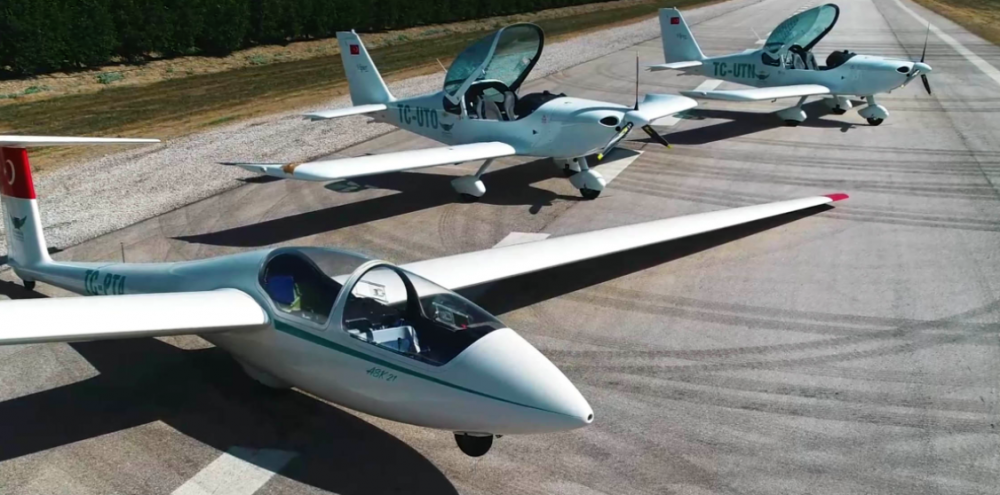
The word “glider” entered into our language from the word “Planeur” in French. Its equivalent in French means “gliding in the air, covering a distance by floating.”
It is defined by the International Sportive Aviation Federation (FAI) as “a motorless aircraft that is heavier than air and that has the ability to float in the air by forming a lifting power thanks to its steady wing structure.” Its history traces back to before motorized flights. It is an aircraft that stay in the air by using natural meteorological formations for its floating flight and that can go thousands of kilometers with these methods. German pilot Klaus Ohlmann achieved a world-record flight with a glider in 2003 covering a distance of 3009 km.
Despite not having a motor, it is the most important part of basic training across the world before the beginning of the motorized flight. As the most significant part of NASA’s astronaut trainings, glider training prepares the astronauts for a motorless flight in returning to the world. Because space shuttles glide, in other words, soar through the air, from the moment of entry into the atmosphere. Aiming to optimize the pilotage skills of our students, we give these training that NASA also provides at the beginning of our flight trainings. At the end of this flight training, our students will be a reason for preference in the job application process for airlines and will be ahead of their rivals.
Keep in mind that this training that develops the emergency skills and pilotage manual dexterity is the training received by Captain Pilot Sully who landed his plane on Hudson River like a bird and saved the lives of dozens of people.

